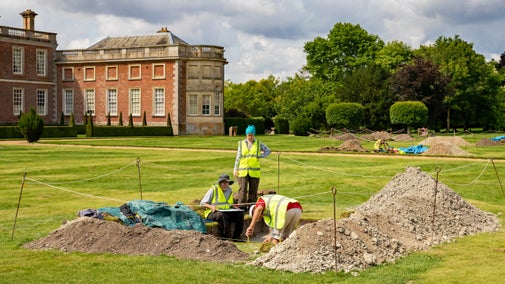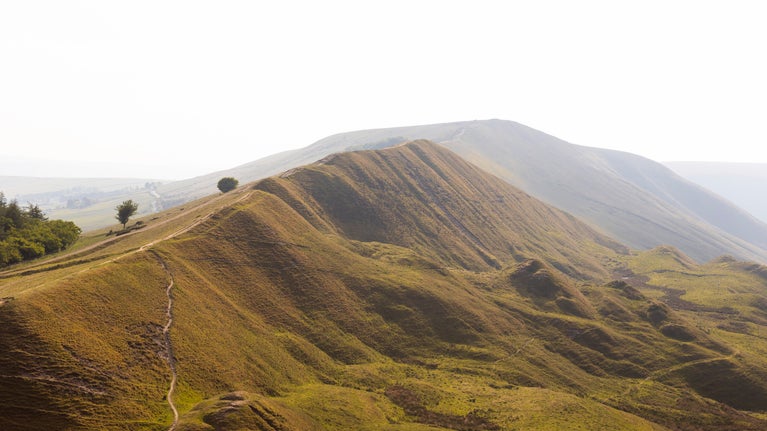
Archaeological work
We look after many rich and diverse archaeological sites. Archaeology helps us to learn more about them and protect them for the future.

From prehistoric footprints to ancient burials and nuclear bomb test sites, uncover hidden stories at the archaeological sites in our care.
We look after more than 90,000 archaeological sites, from stone circles, hillforts and roman villas, to medieval castles, designed landscapes and wartime shelters. Explore the most significant sites in our care and discover how our ancestors lived.
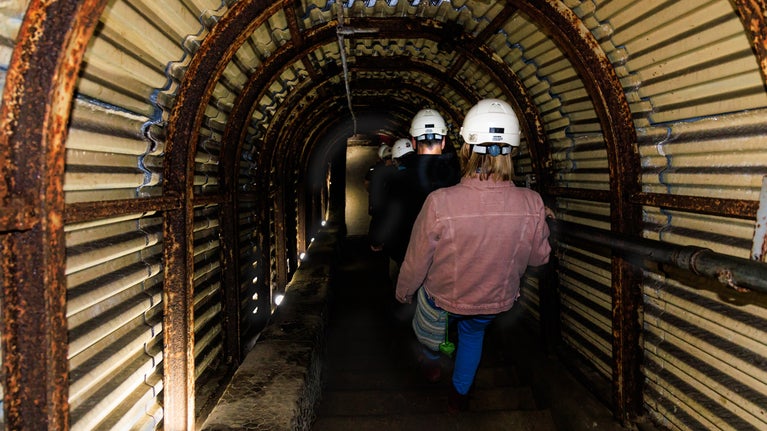


We look after many rich and diverse archaeological sites. Archaeology helps us to learn more about them and protect them for the future.
You might also be interested in
The UK's annual Festival of Archaeology will take place from 19 July to 3 August 2025. Find events and activities at archaeological sites in our care.
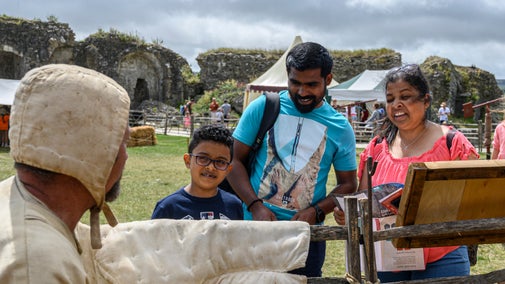
Artefacts found at the places we care for can help us understand what life was like in the past. Learn about five of our most intriguing finds and what they reveal.
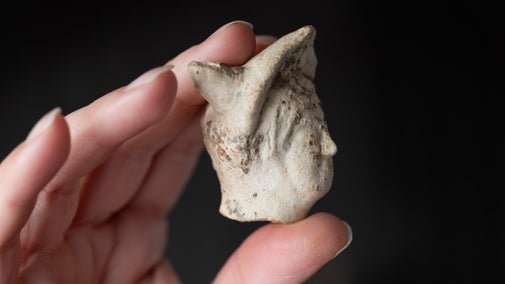
Our archaeologists uncover hidden stories and care for thousands of sites and objects. Learn how their work helps protect the past for future generations.
